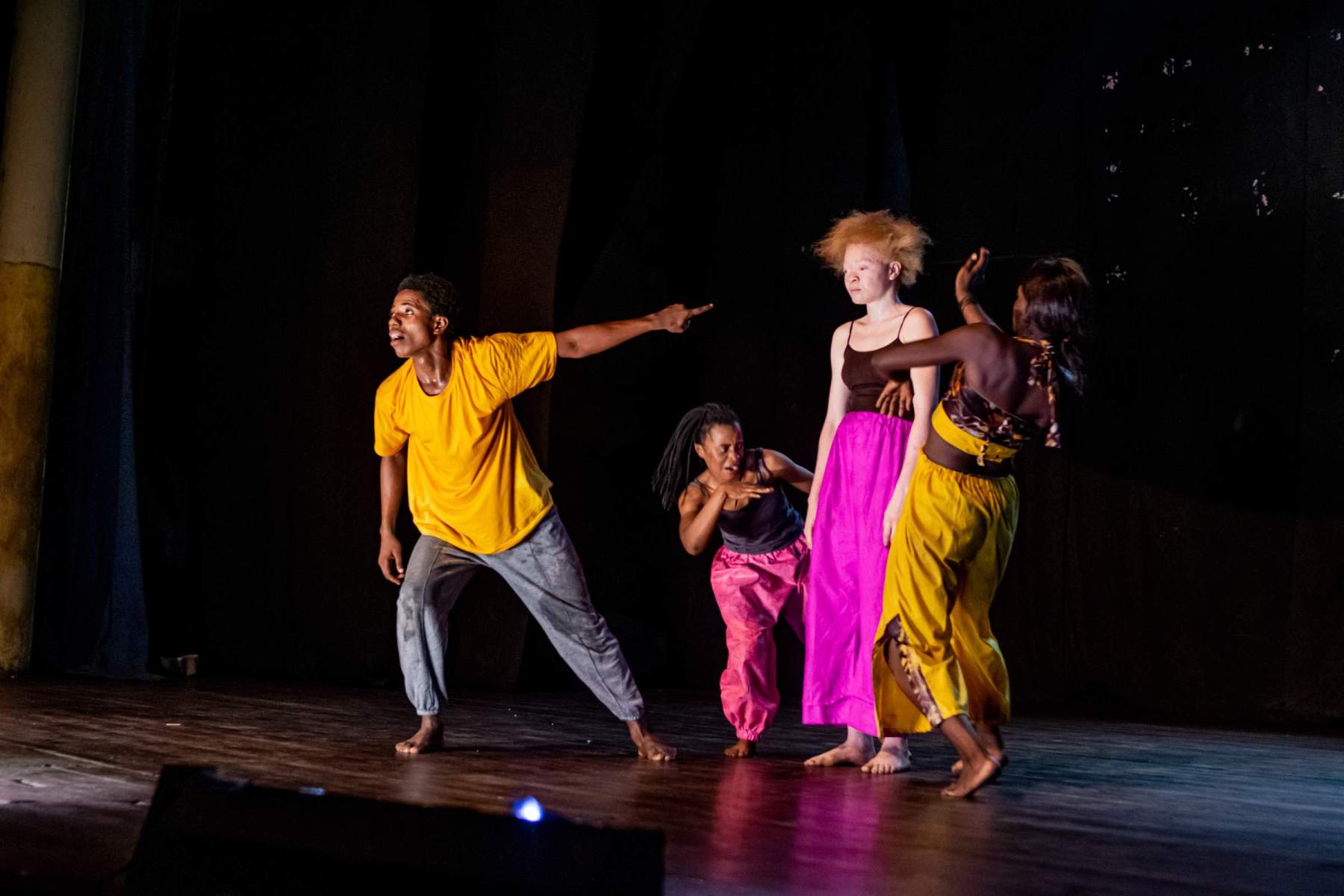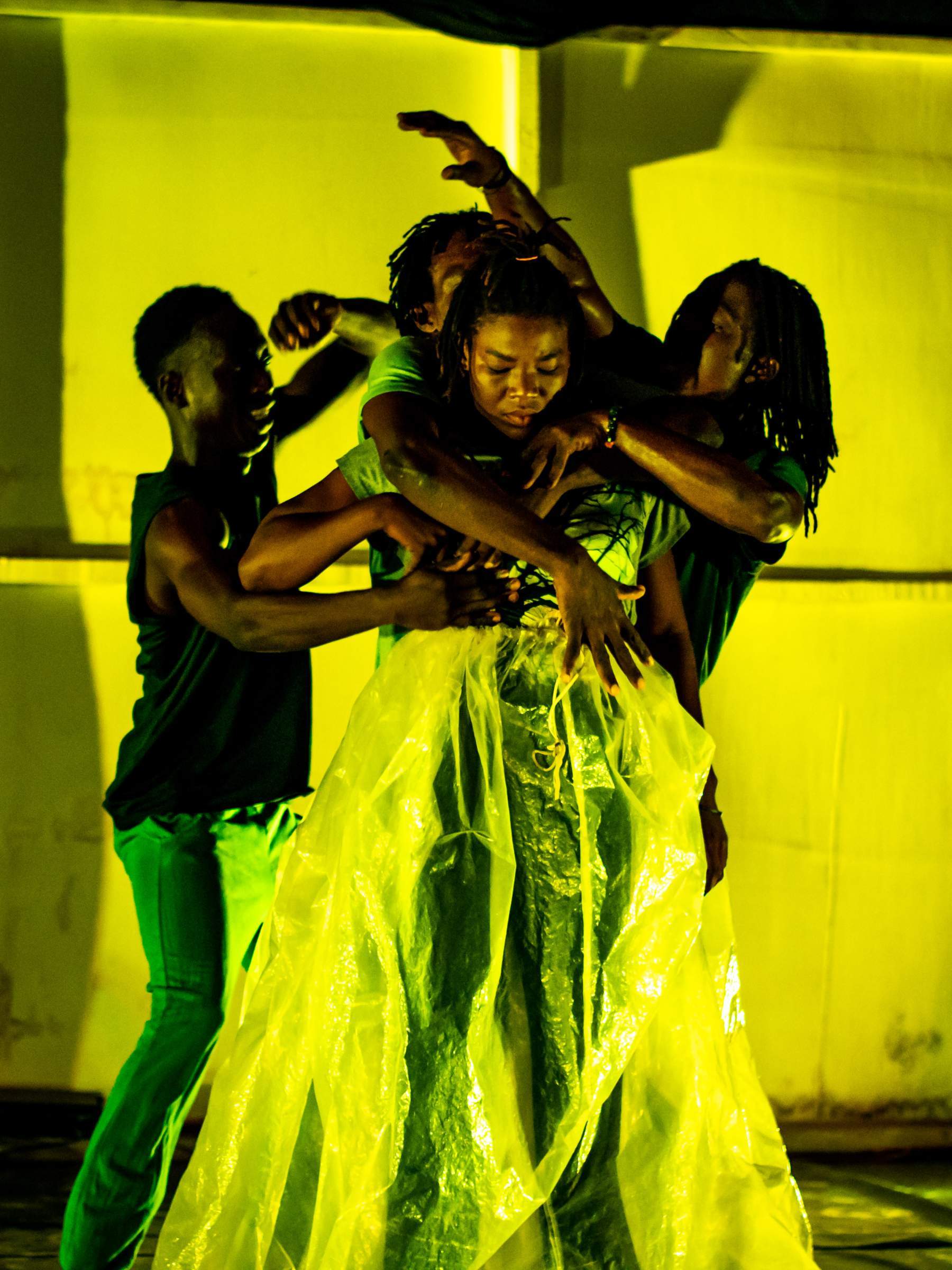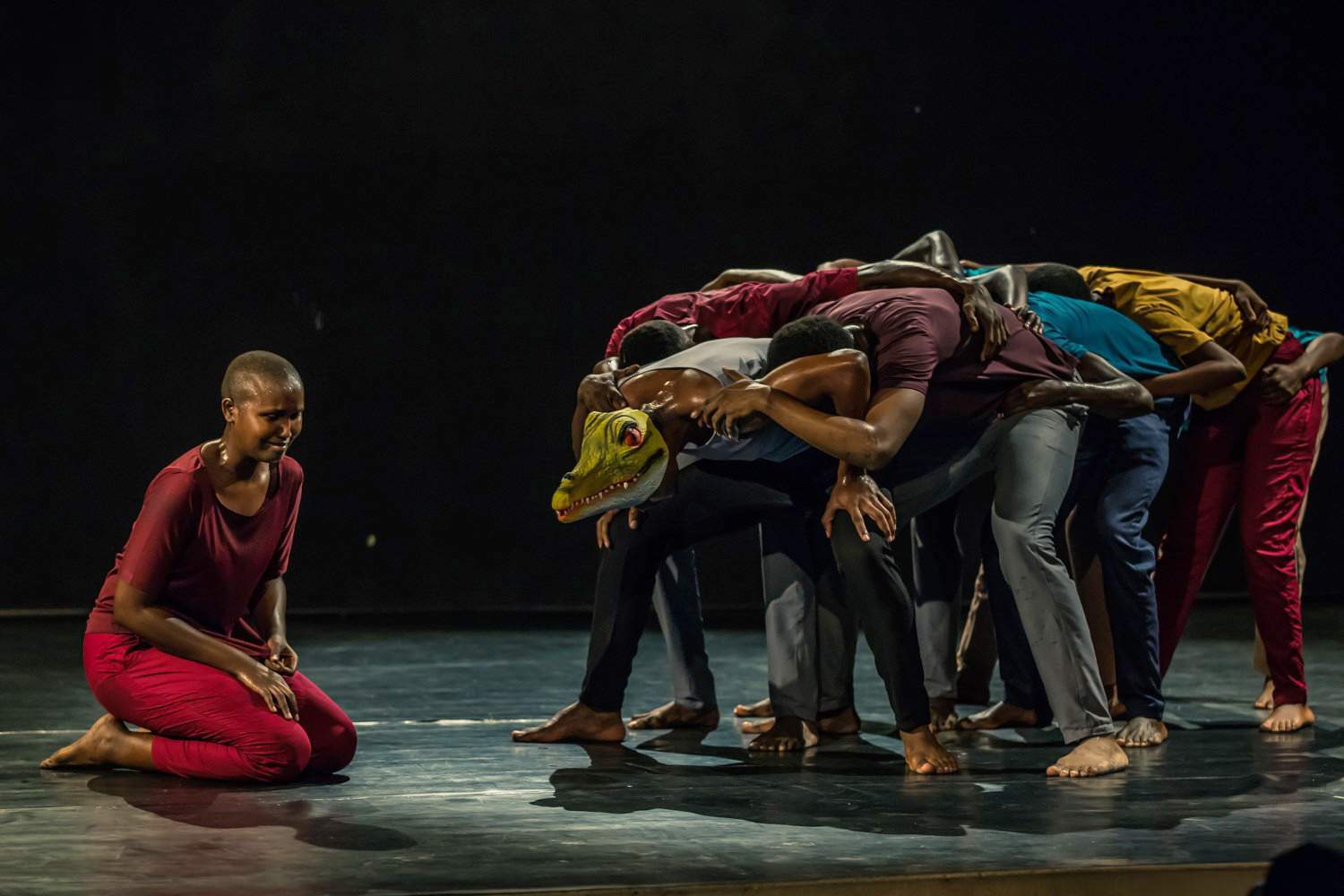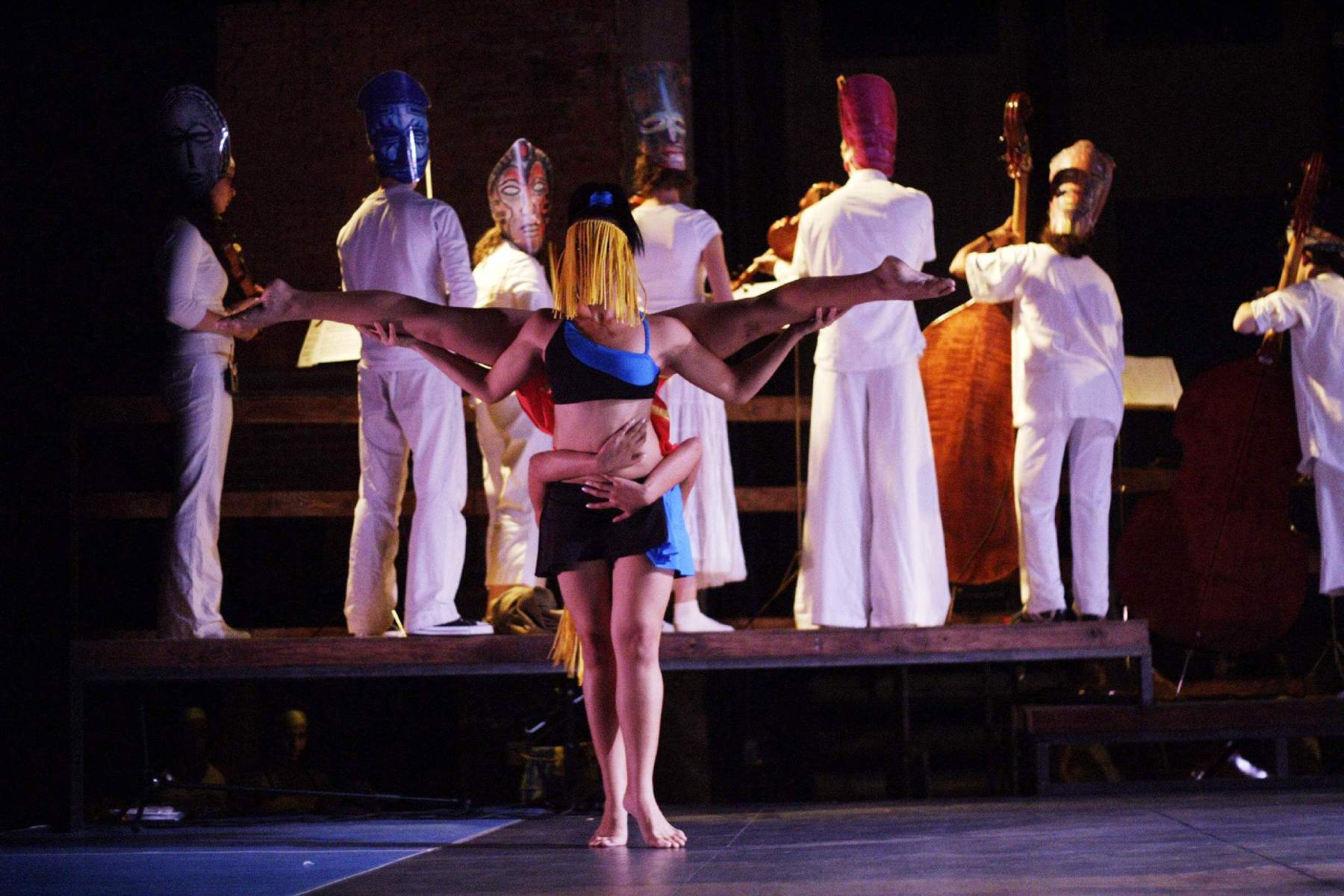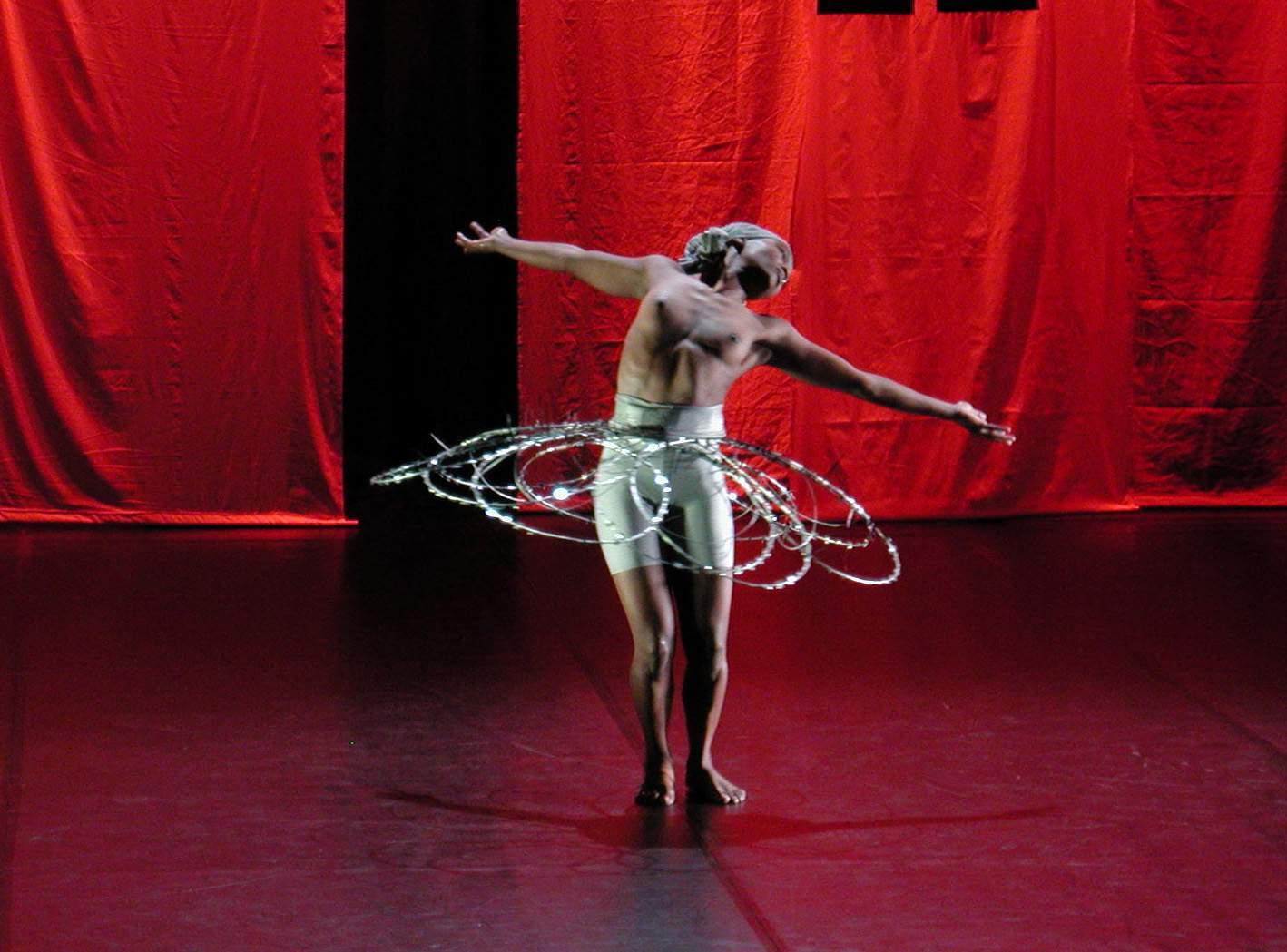Grand Cru Global
Dans Architecten
Grand Cru Global werkt met de kracht van dans en theater om gevoelige thema’s bespreekbaar te maken. Over de hele wereld stimuleren wij met partners, bewustwording en verandering in gemeenschappen middels interculturele voorstellingen. Sociale dilemma’s worden omgezet in een levendige verbeelding die bij zowel kunstenaar als toeschouwer leidt tot emotionele herkenning, erkenning en een persoonlijke ervaring.
We create Space for Social impact touching all Senses
Al vele jaren hebben wij een voortrekkersrol in interculturele artistieke samenwerking. Een uitzonderlijke positie die zich begeeft op het raakvlak van immaterieel erfgoed en het sociale domein.
Fundamenten leggen
Professionaliseren van danskunstenaars als fundament voor een kansrijke toekomst.
Transformeren
Begeleiden van danskunstenaars tot jonge makers met impact.
BRUGGEN BOUWEN
Communities verbinden en inspireren tot positieve verandering.
CREATIEF VAKMANSCHAP
Creëren van professionele transculturele dans- en theaterproducties.
VRAAGGERICHTE BENADERING
Flexibel inspelen met ons team op de vraag en behoefte van partners met een divers team van specialisten.
Agenda
- September 2024. Lancering nieuwe website www.grandcru-global.com
Een overzicht van al onze projecten vindt u op de Portfolio pagina.
